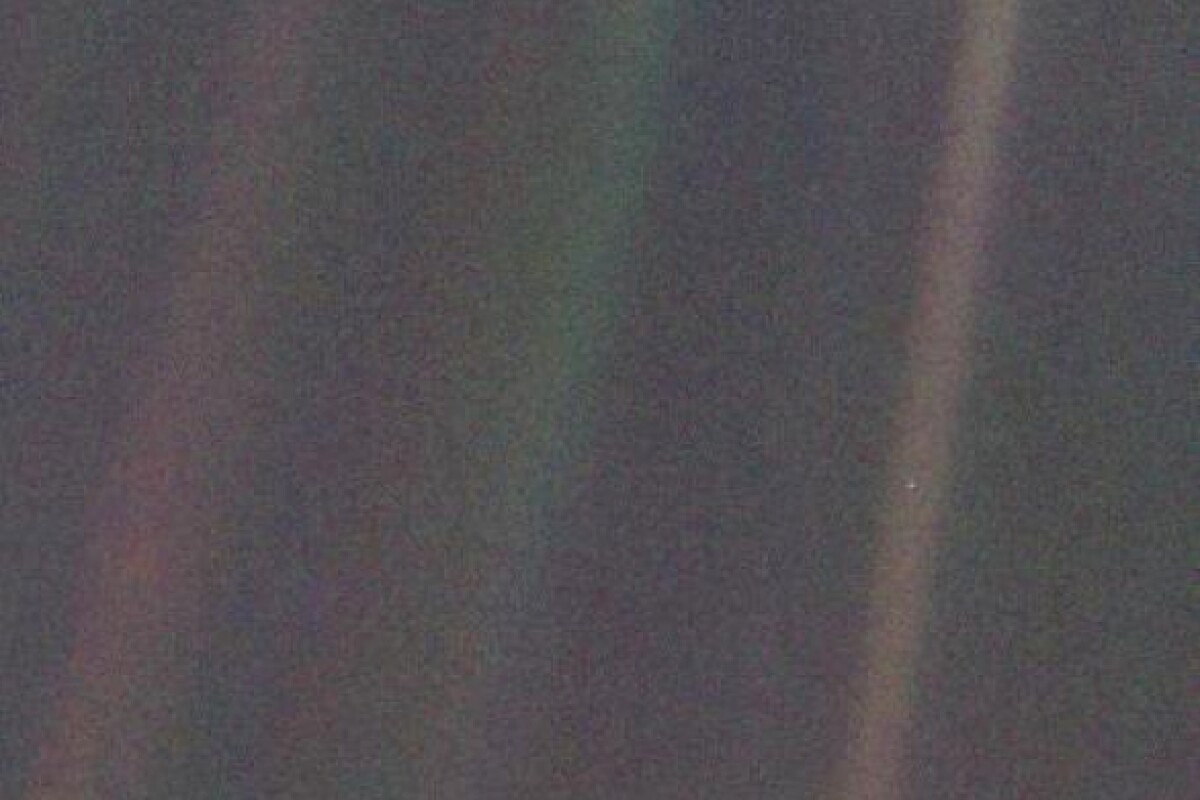25 years ago Voyager 1 turned back towards our planet, and captured one of the most profound images ever taken – the pale blue dot. On the face of it, the little blue dot to screen-right appears insignificant. Yet, in its scope, it captured every human being that has ever lived and ever died, every wonder and every labor that mankind had then achieved in the relatively short history of our race.
At the time of taking the images, Voyager 1 was 40 Astronomical Units away from the Sun (1 AU being the distance between the Sun and Earth), sitting just beyond the orbit of Neptune. Twenty-five years later, the enduring explorer has traveled an impressive 130 AU from our parent star, representing humanity's most distant man-made object.
It was this distance that provided the profound beauty and meaning to the image, granting mankind a gentle reminder of the insignificance of our actions on the galaxy, and indeed the universe at large. The images themselves were not planned, rather a member of the spacecraft's imaging team, the venerated Carl Sagan, suggested using Voyager 1's camera to take a distant portrait of our solar system, before she headed out into the depths of space.

In all, Voyager 1 captured distant images of Venus, Earth, Jupiter, Saturn, Uranus and Neptune. At the time, Mercury was positioned too close to the Sun for the spacecraft's camera to isolate, and Mars was rendered undetectable by scattered sunlight in Voyager 1's optics.
The images were among the very last to be taken by the venerated explorer, before its camera was finally turned off in order to conserve power and memory for the systems designed to detect and characterize the qualities of interstellar space.
Currently, Voyager 1 is traversing the enigmatic realm of interstellar space, having breached what we now consider to be the barrier between our solar system and interstellar space (known as the heliosphere) on August 15, 2012. The spacecraft continues to serve as Earth's most distant ambassador.
Source: NASA





